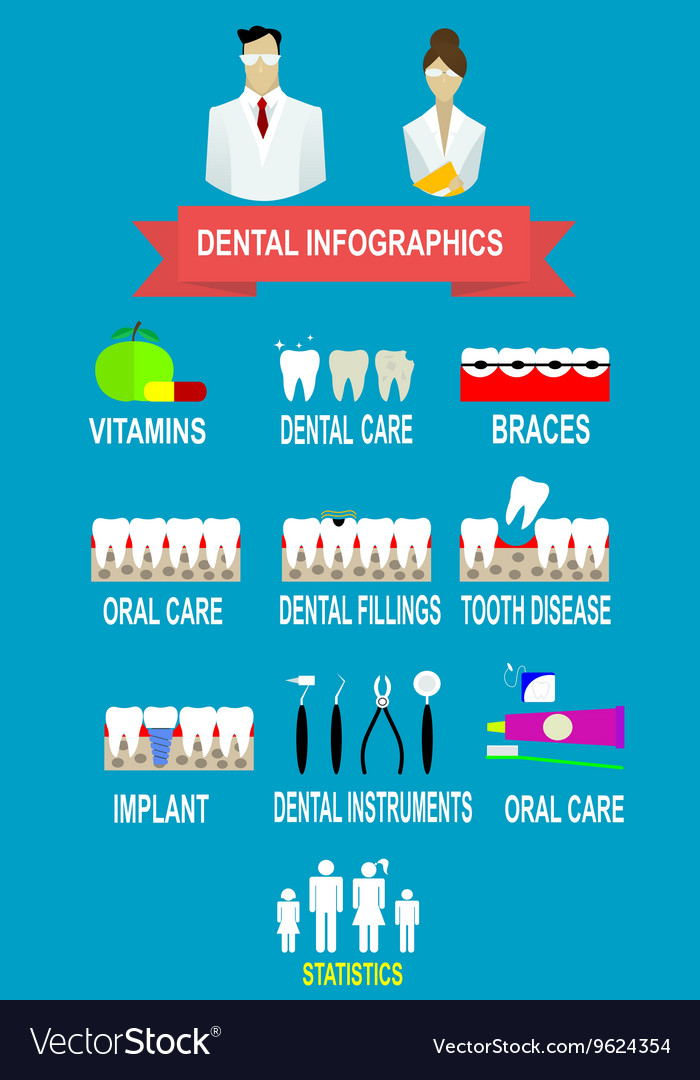Reveal The Considerable Innovations That Are Altering The Realm Of Oral Surgery. Think About The Future Of This Specialty And Remain Notified. Click Now For A Very Early Check Out What Is On The Horizon
Reveal The Considerable Innovations That Are Altering The Realm Of Oral Surgery. Think About The Future Of This Specialty And Remain Notified. Click Now For A Very Early Check Out What Is On The Horizon
Blog Article
Material Writer-Foldager Maloney
Invite to the globe of oral surgery, where advancements and advances are shaping the future of the area! In this exciting realm, you'll witness the transformative power of robotics, the advanced marvel of 3D printing, and the game-changing effect of minimally intrusive strategies.
The future of oral surgery holds a guarantee of precision, effectiveness, and boosted client end results. With the help of innovative robotics, surgeons have the ability to do complex procedures with better precision and control.
3D printing technology is changing the production of oral implants and prosthetics, using personalized remedies that fit effortlessly right into each client's one-of-a-kind anatomy.
In addition, minimally invasive techniques are minimizing post-operative discomfort and recovery time, allowing individuals to return to their every day lives sooner.
Get ready to discover the interesting innovations and advances that are reshaping the landscape of dental surgery!
Innovations in Robotics
One significant development in oral surgery is making use of robot technology, which enables accurate and reliable operations. With the help of robotic systems, oral specialists have the capacity to carry out complicated surgical procedures with boosted accuracy, lessening the threat of human error.
These robotic systems are geared up with innovative imaging technology and precise tools that allow specialists to navigate through detailed physiological structures with ease. By making use of robotic technology, surgeons can attain better medical accuracy, causing enhanced client outcomes and faster recovery times.
On top of that, the use of robotics in oral surgery enables minimally intrusive procedures, decreasing the injury to surrounding tissues and promoting faster healing.
3D Printing in Oral Surgery
To boost the field of oral surgery, you can check out the subtopic of 3D printing in oral surgery. This innovative technology has the possible to reinvent the way oral surgeons run and deal with people. Here are four crucial methods which 3D printing is shaping the field:
- ** Custom-made Surgical Guides **: 3D printing allows for the production of highly accurate and patient-specific medical guides, improving the accuracy and effectiveness of procedures.
- ** porcelain veneers in austin **: With 3D printing, dental doctors can create personalized implant prosthetics that completely fit an individual's special composition, resulting in far better results and client complete satisfaction.
- ** Bone Grafting **: 3D printing allows the production of patient-specific bone grafts, reducing the requirement for typical implanting techniques and enhancing recovery and recovery time.
- ** Education and Educating **: 3D printing can be utilized to produce realistic medical designs for academic objectives, enabling oral cosmetic surgeons to practice complex procedures prior to doing them on people.
With its prospective to enhance accuracy, customization, and training, 3D printing is an interesting advancement in the field of dental surgery.
Minimally Intrusive Strategies
To further advance the area of oral surgery, welcome the capacity of minimally intrusive methods that can substantially profit both surgeons and patients alike.
Minimally https://andyvegik.anchor-blog.com/13310745/obtain-the-within-scoop-on-who-can-truly-take-advantage-of-invisalign-discover-the-essential-variables-that-could-influence-your-smile-transformation are transforming the field by decreasing surgical injury, reducing post-operative discomfort, and accelerating the healing process. These methods include making use of smaller cuts and specialized instruments to carry out treatments with precision and performance.
By making use of innovative imaging technology, such as cone beam computed tomography (CBCT), surgeons can precisely intend and carry out surgical procedures with marginal invasiveness.
Furthermore, making use of lasers in oral surgery permits specific tissue cutting and coagulation, resulting in reduced bleeding and lowered healing time.
With minimally invasive strategies, patients can experience quicker recuperation, lowered scarring, and boosted outcomes, making it an important facet of the future of oral surgery.
Conclusion
So, as you can see, the future of oral surgery is extremely encouraging, with amazing technologies and advances shaping the field.
From the developments in robotics to using 3D printing and minimally intrusive methods, dental cosmetic surgeons are transforming the means they supply treatment.
While some might fret about the potential expense connected with these advancements, it is very important to bear in mind that these technologies inevitably improve individual results and decrease recovery time, making them well worth the financial investment over time.
